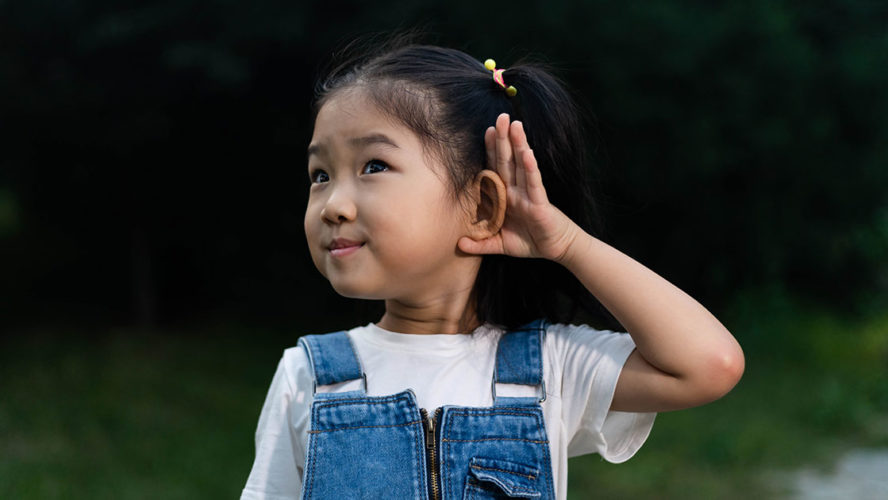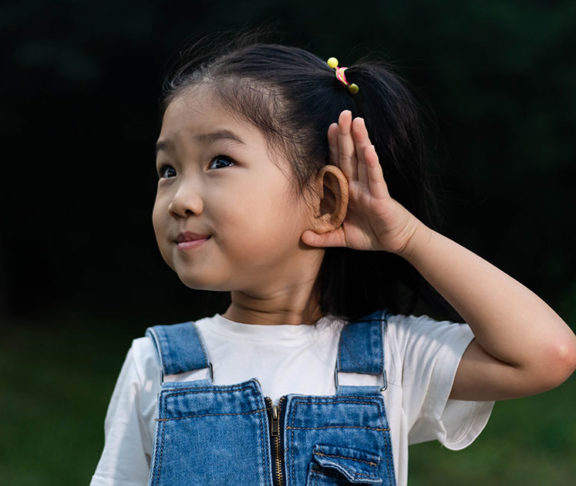
Timothy Higdon
President & CEO, Hearing Health Foundation
Hearing loss is one of the most common conditions among infants at birth and, if left undetected and untreated, can affect the development of language, communication, and social skills.
Thanks to newborn hearing screenings required by the majority of states, congenital hearing loss can be detected in infants before they leave the hospital. However, hearing loss can still occur later in life. Among school-age children (ages 6 to 19), 15% show a hearing loss of at least 16 decibels according to the Centers for Disease Control and Prevention.
While minimal, a 16-decibel loss — akin to putting your fingers in your ears — can lead to a 10% reduction in speech understanding when the speaker is more than three feet away, and even more in the presence of background noise.
Learning and hearing difficulties
Learning to read depends on the ability to hear and mimic sounds and sound out letters and letter combinations. This can be impeded by hearing loss, affecting the child’s pronunciation, syntax, and vocabulary acquisition. Even if a child is too young to understand the meanings of words, when they hear speech, they are making connections based on the context and learning to imitate words and rhythms.
Hearing screenings are routine during wellness visits for school-age children with access to healthcare, and most states require screenings at schools. Still, parents and caregivers are often the most attuned to a child’s behavior. If you suspect a hearing loss, such as not getting a response from your child unless they are facing you, tell your doctor. The earlier a hearing loss is diagnosed and treated, the better the outcome in school and beyond.



